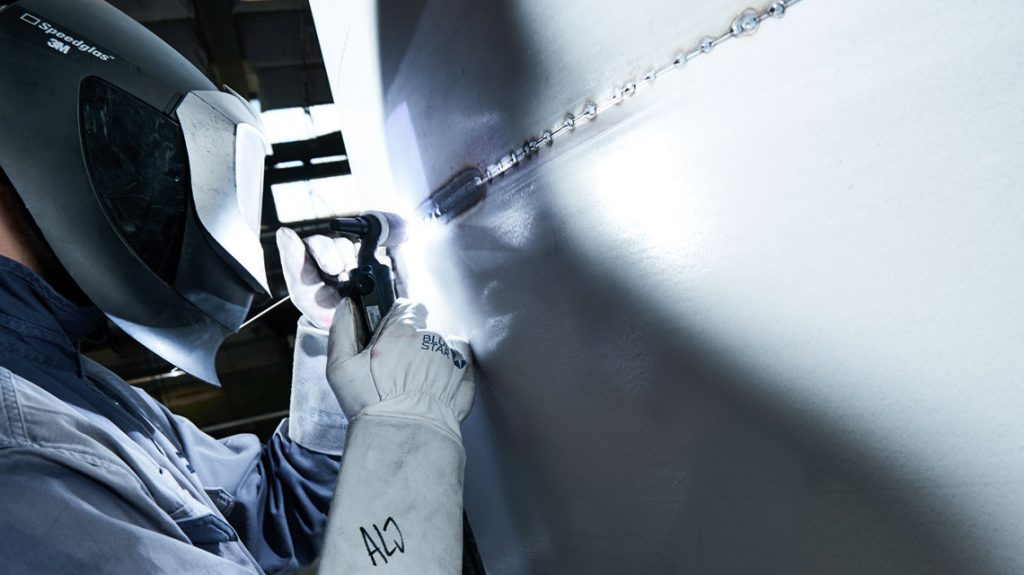X-ray reveals quality

Welding stainless steel is a craft that requires a degree of experience and skill to perform correctly. Stainless steel is essentially a very stable material, but when welding heats it to 1,600 degrees, for the sake of one’s own safety and of the quality of the results, it is important to know how to weld properly.
In addition, it is important to select a welding material that is suitable for the item to be welded. Firstly, this is because there are different grades of stainless steel, and secondly, because the item’s subsequent application is crucial with respects to the selection of welding material.
When a pipe system, a tank or a process plant is intended for use in the food industry or for the production of pharmaceutical products, for example, it is important that the weld seam is completely precise in order to ensure that the tank has no leaks, that the polishing and follow-up treatment can produce a totally smooth weld that can be kept clean, and that no impurities can hide within the weld bead.
You can’t be certain that you can see the pores and bonding defects in a weld bead with the naked eye, which is why we X-ray photograph the welds for pressure equipment before the finished product leaves our facilities. This provides our customers with the guarantee they need before they install the structure in their production,” says Mogens Andersen, sales and operations manager at LP Kolding.
He’s the person in charge of ensuring that LP Kolding always delivers the quality and documentation that customers want.
To err is human, but this can be very expensive if not detected immediately. So despite having some very talented colleagues, and it being rare that we find a defect, this is a good and reassuring procedure for our customers, says Mogens Andersen.
X-ray is a requirement for structures that need a PED approval, but it can also be purchased for other qualities, if necessary.
Aside from X-ray, LP Kolding’s tanks are also penetrant and pressure tested to ensure that there are no leaks.
